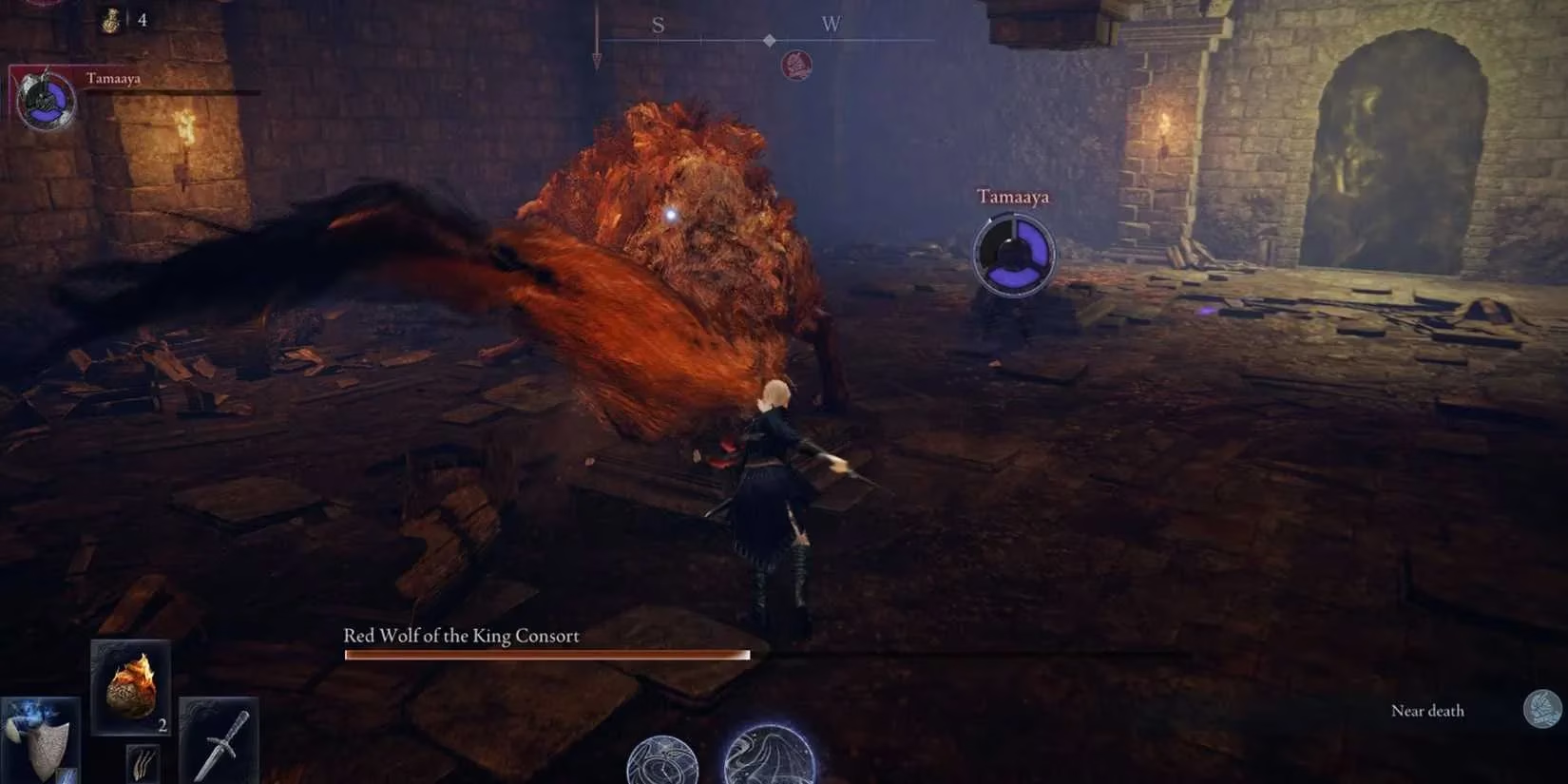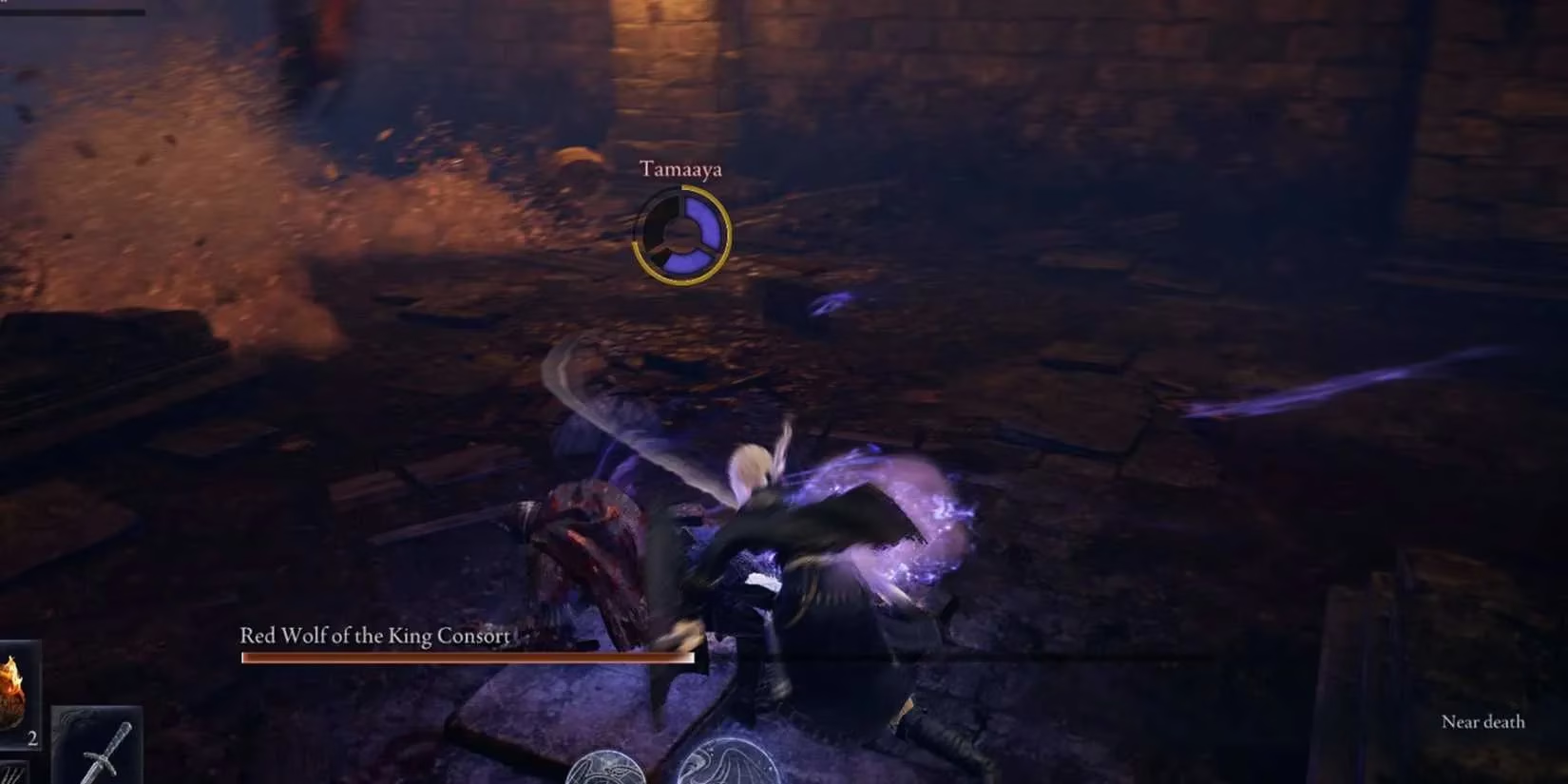Elden Ring Nightreign's Near Death System: Strategic Revival in the Shadows
Elden Ring Nightreign's innovative Near Death system transforms FromSoftware's combat, creating high-stakes, strategic team revival mechanics that redefine gameplay.
Elden Ring Nightreign has revolutionized the FromSoftware death mechanic with its innovative Near Death system, fundamentally altering how players approach combat and team dynamics. Unlike traditional FromSoftware titles where death is immediate and unforgiving, Nightreign introduces a liminal space between life and death that creates both opportunities and dangerous vulnerabilities for players navigating its treacherous world.
When a character's health depletes completely, rather than experiencing immediate death, they enter the Near Death state. This critical condition is visually represented by a distinctive purple circular gauge that appears above the fallen character. The gauge consists of two key components: an outer ring with a white meter that moves counter-clockwise, representing the remaining revival time, and an inner circle divided into three segments that fill progressively with repeated deaths.

The system creates a fascinating risk-reward scenario in every encounter. Teams must constantly balance offensive pressure against the need to protect and revive fallen comrades. The bosses in Nightreign seem specifically designed to exploit this mechanic, becoming exceptionally aggressive when a player enters the Near Death state—almost as if they recognize the vulnerability this creates in the team's formation.
Revival Mechanics and Strategies
Rescuing a teammate requires sustained attacks on their downed form. Each successful hit pauses the depleting white meter and turns it golden momentarily. If the team fails to maintain this pressure and the meter fully depletes, the character dies permanently for that encounter. Successfully revived characters return to battle with half their maximum health, creating a precarious situation that demands immediate attention and healing.
The revival process becomes progressively more challenging with repeated deaths. The first time a character falls, only one segment of the inner circle fills. Subsequent deaths fill additional segments, up to a maximum of three. Once all three segments are filled, the time window for revival shortens dramatically with each subsequent death, creating escalating pressure on the team.
Strategic players have discovered several effective revival approaches:
-
Ultimate Ability Deployment: Characters like Guardian and Revenant possess Ultimate abilities that can instantly revive teammates regardless of how many segments of their Near Death meter are filled.
-
Distraction Tactics: Coordinated teams often designate one player to draw a boss's attention while another performs the revival.
-
Ranged Revival: Archers, particularly Ironeye with unlimited arrows, can safely revive teammates from a distance.

Consequences of Team Failure
The stakes of the Near Death system escalate dramatically depending on when and where your team encounters difficulty. During Days 1 and 2 of an expedition, if all party members simultaneously enter the Near Death state, they collectively die and respawn at the nearest Site of Grace or safe location—a setback, but not a catastrophic one.
However, the system shows its teeth during nighttime encounters or when facing a Nightlord on Day 3. In these high-stakes situations, a total team wipe results in expedition failure. This escalating consequence structure creates mounting tension as players progress deeper into the game's challenges.
Level Protection and Rune Recovery
One of the most punishing aspects of death in previous FromSoftware games was the potential permanent loss of hard-earned currency. Nightreign maintains this tradition but with a crucial twist. When a character dies permanently, their previous level converts to runes that can be recovered from the location of their death. Successfully retrieving these runes restores the lost level—but dying before recovery results in permanent level loss and forfeiture of all accumulated runes.
This system creates heart-pounding recovery missions where players must return to dangerous territory with the added pressure of knowing their progression hangs in the balance.
Strategic Considerations for Team Composition
The Near Death system has profound implications for team composition and character selection. Players must consider not just offensive capability and synergy but revival potential as well. Some observations from the current meta:
-
Guardian and Revenant have emerged as top-tier support characters due to their Ultimate revival capabilities
-
Ironeye offers unparalleled safety in revival situations with unlimited ranged attacks
-
Wylder and Raider players often serve as distraction specialists during revival attempts
-
Duchess and Executor typically focus on burst damage to quickly eliminate threats during vulnerable revival windows
The Near Death system also influences equipment and consumable priorities. Items that provide temporary invulnerability or damage reduction have gained significant value as they create safer windows for revival attempts.
Resetting the Near Death Gauge
Strategic teams have learned to manage the Near Death gauge by visiting Sites of Grace whenever possible. This interaction resets the gauge to its original length, effectively giving the team a fresh start in terms of revival difficulty. This creates interesting routing decisions as teams must balance progression against the safety of refreshed revival mechanics.
Communication: The Hidden Requirement
Perhaps the most underappreciated aspect of the Near Death system is how it demands effective communication. Teams that establish clear protocols for revival situations consistently outperform groups that approach these scenarios haphazardly. Some successful teams have developed shorthand callouts specifically for Near Death situations, allowing for rapid response when seconds matter.
The system has transformed Elden Ring Nightreign into a uniquely collaborative FromSoftware experience. Where previous titles created isolated struggles against overwhelming odds, Nightreign fosters interdependence through its revival mechanics. Players must remain vigilant not just of their own health but of their teammates' status as well, constantly scanning the left side of the screen for the telltale purple Near Death circle that indicates a comrade has fallen.
The Near Death system fundamentally changes how players approach FromSoftware's traditionally punishing difficulty. Rather than simply accepting death as inevitable, Nightreign creates a space where teamwork can overcome even the most challenging encounters—if players are willing to risk everything to save their allies. This delicate balance between vulnerability and opportunity defines the Nightreign experience, making every encounter a complex negotiation between aggression and preservation, between personal survival and team success.
In the end, the Near Death system embodies what makes Elden Ring Nightreign special: it transforms death from an endpoint into a beginning—a moment where teamwork can snatch victory from the jaws of defeat, where the line between life and death becomes a battlefield all its own.